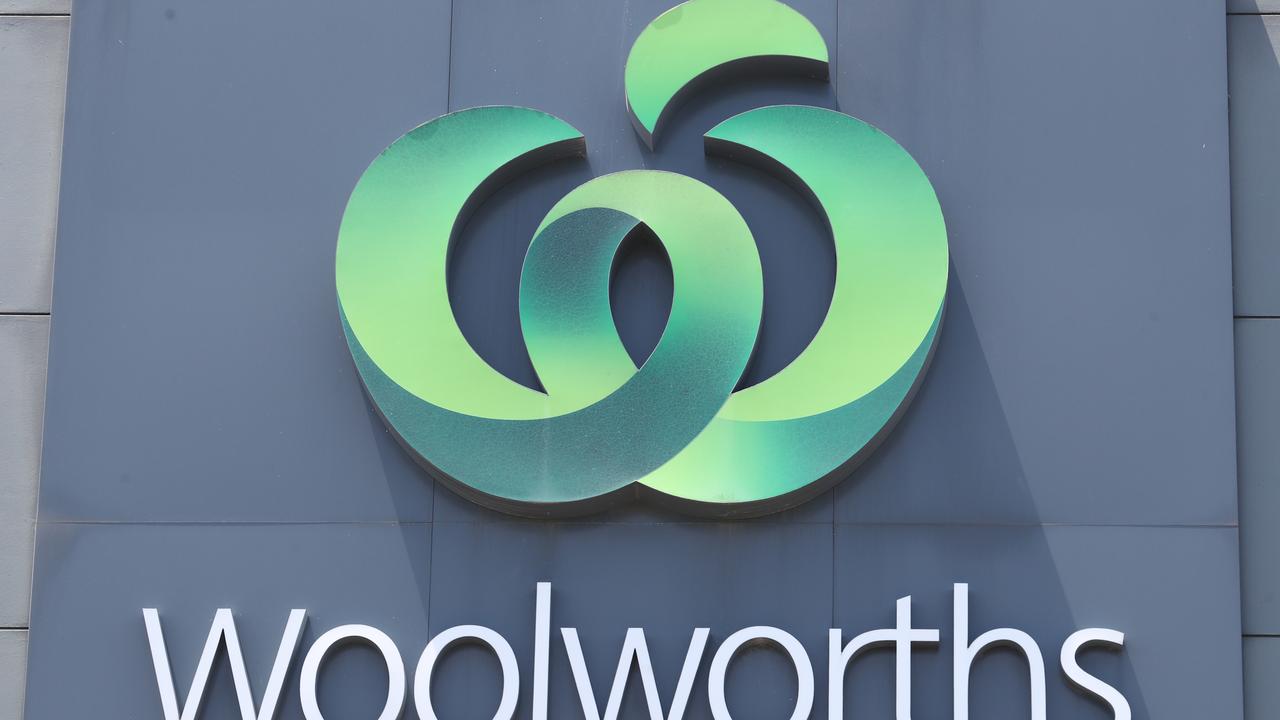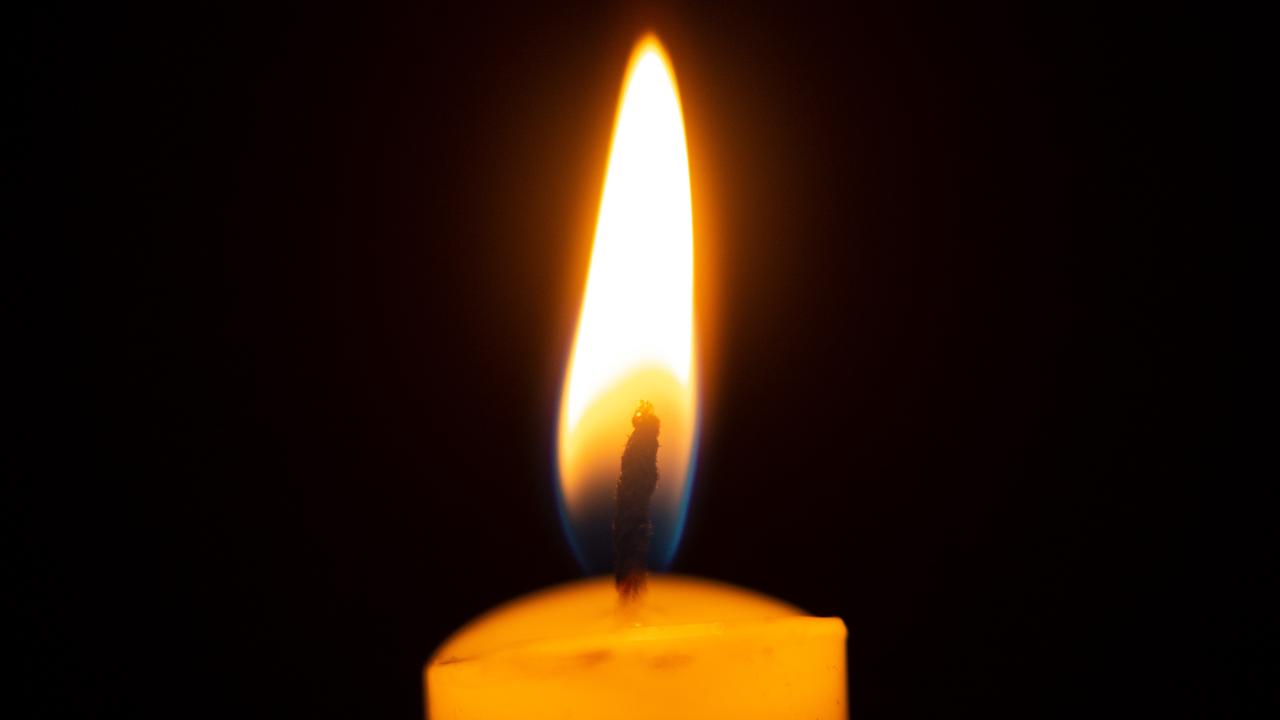Australia’s first fight in World War One was a victory over Germans and natives in New Guinea
MORE than eight months before Australians had even heard of Gallipoli, our first battle of WW1 was fought and won. This is how it happened.

ANZAC Centenary
Don't miss out on the headlines from ANZAC Centenary. Followed categories will be added to My News.
More than eight months before Australians had even heard of Gallipoli,
our first battle of World War One was fought and won near a small
village called Bita Paka on the island of New Britain in what was then
German New Guinea, or Kaiser Wilhelmsland.
Soon after war was declared in August 1914, the Labor Government
of Andrew Fisher sent a powerful force of 1000 troops and a fleet of
warships, including our first submarine AE1, north to seize a German
wireless station near Rabaul and to engage any German ships that the task
group encountered.
OUTGUNNED AND OUTNUMBERED

On September 11 — a date now eternally linked with the evils of terrorism
— 25 Australian naval reservists from the Australian Naval and Military
Expeditionary Force stormed ashore at a place called Kabakaul south
of Rabaul. Within a few hours six of them were dead and the German
wireless station 8km inland was in Australian hands along with
dozens of prisoners of war.
Just three days later on September 14 the AE1 failed to return from a
patrol and no trace has ever been found of the boat or her 34 man crew —
the first navy casualties of the war.
ENDURING MYSTERY: What happened to AE1?
There was no way that the vastly outnumbered and outgunned combined
German and local native force defending the German outpost could have
defeated the Australian raiders, but they did put up some resistance before
being overwhelmed.
Australia’s first military engagement of the war to end all wars was won —
and won quickly and convincingly — along a steamy jungle track to our near
north.
The first Australian Army officer to die in WW1 was Captain Brian
Pockley. He was shot by a sniper near Bita Paka. The young medical
officer from Sydney had handed over his Red Cross armband to a sailor
so he could evacuate another mortally wounded comrade called Able
Seaman Billy Williams.
The war diary of Private Ambrose O’Hare provides a fascinating first-
hand account of the battle.
“Arrived off New Britain 8am, Sydney & two destroyers arrive about 1pm, rumoured
that the Wireless station at or near Herbertshohe is strongly entrenched, & that
hundreds of Native Police all armed with rifle & bayonets fill the trenches, German
officers in command, C, F, G, and H Coys already to go ashore as we are anchored off
Herbertshohe the first settlement we come to.” O’Hare wrote.
“At 5:30pm we landed in full marching order, loaded our magazines & marched up
to the Wireless station, going slowly as when we were near to where the shots were
flying & flopping through the Coconut trees through which we were passing it was
nearly dark.”
He adds that his unit shot several native troops.
Sadly the Australian record during the Rabaul campaign is not defined by
courage and honour alone.
LOOTING LOUTS

Just 23 days after the battle of Bita Paka, five Australian soldiers attacked and ransacked
the Roman Catholic mission in Rabaul and held two priests at gunpoint as they looted
money, liquor and cigars.
In November 1914 five Australian Military Police raided the home of Yong Cheong in
Rabaul’s Chinatown apparently to search for opium. They dragged Mr Cheong outside,
demanded his keys and stole 5200 German marks.
The colonel leading the occupation force and administrator of the new colony, William
Holmes was so concerned about the crime rate among the troops that he wrote to defence
minister George Pearce.
‘I regret to have to report there has been a good deal of crime among the troops since
they settled down to routine garrison duty here,’ he wrote.
SCHOOL’S SPECIAL SALUTE

Both Captain Brian Pockley and his older brother Lieutenant John
Pockley, who died while serving with the AIF in France in 1918, served
with honour after being educated at the Shore Grammar School in North
Sydney.
Principal of Shore Tim Wright said Mr Pockley’s story was typical of the
waste of life and opportunity suffered by young Australians during WW1.
“He was a fine doctor and brilliant athlete cut down in his prime like
many thousands of others,” Dr Wright said.
Dr Wright and several students from Shore will travel to Rabaul next
week for the centenary commemorative services.
According to Shore’s deputy headmaster Graham Robertson, Captain
Pockley was an outstanding student and was captain of the rugby team
and a champion long jumper who held at the Australia and all England
schoolboy record. He was also the first captain of the Shore army cadet
unit.
The school has several memorials to Pockley and the 134 other old boys
aged from 19 to 42 who fell during the war. Around 900 former Shore students
enlisted for the war.
FIRST TO FALL


Few Australians have ever heard of Able Seaman John Courtney, but the
29-year-old navy sailor was probably the very the first man to die in an
Australian uniform in World War 1.
Courtney, whose birth name was John Edward Walker, was born in
Townsville and was a navy reservist attached to the Australian Naval and
Military Expeditionary Force. His service number was 45.
He was attached to a reinforcing force under the command of Royal Navy
officer Commander Charles Elwell and he was shot and killed instantly
by a sniper around midday on September 11. Elwell, a British citizen,
was killed soon afterwards and the men were buried together near where
they fell. Another of those shot was Signalman Robert Moffat.
According to Melbourne historian David Howell, who has uncovered rare
photos of six of the men killed in action at Bita Paka and documents that
indicate Courtney was first to fall, the facts have not been hidden but the
record had simply never been corrected.
“There is no doubt that John Courtney or John Edward Walker was the
first Australian to die in an Australian uniform in World War One,” he said.
“All the evidence in the reports puts Courtney dying first.”
• A number of memorial services will be held in and around Rabaul
in Papua New Guinea next week to mark the centenary of the first
battle and the loss of submarine AE1.
Originally published as Australia’s first fight in World War One was a victory over Germans and natives in New Guinea


